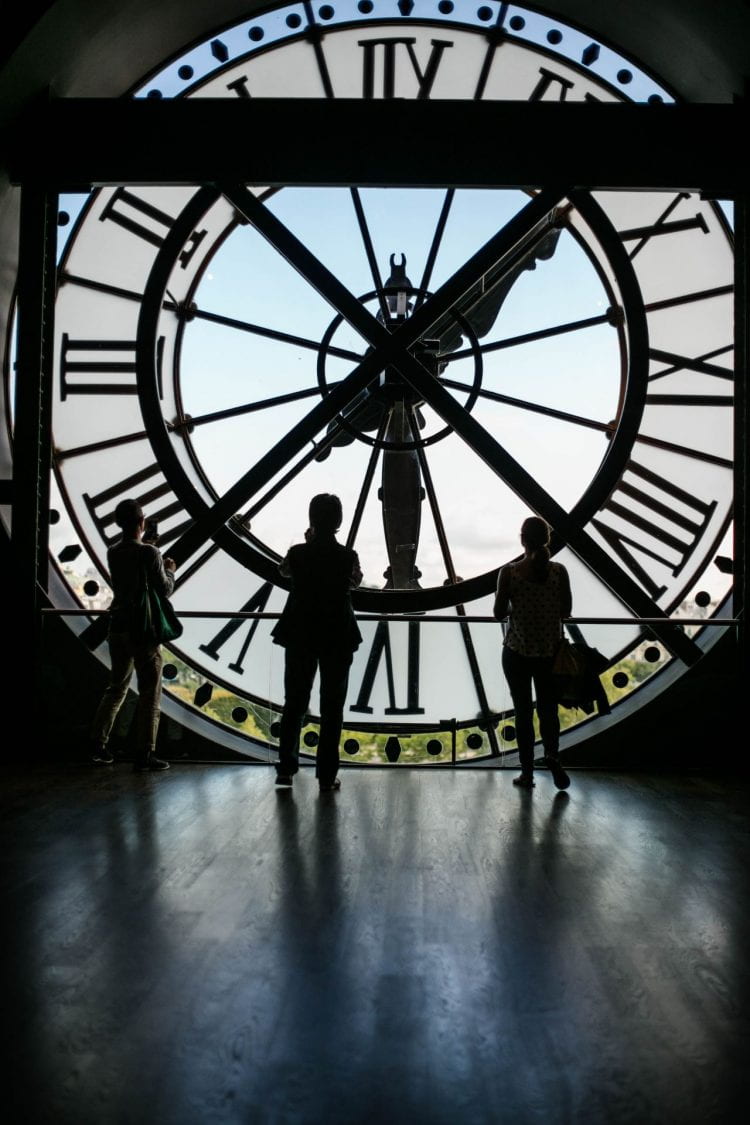Time is considered one of the great equalizers. We all have 24 hours in a day and 7 days a week. But do we? Some regions of the world recently went to bed but were cheated out of an hour of sleep, as clocks were adjusted to account for daylight saving time. The advent of this practice is not one deeply rooted in history.
Just a little over a hundred years ago, Germany was the first to adopt it. Conserving fuel during World War I supposedly played a part. Other European countries would follow and shortly thereafter, the United States gave it a try on March 19, 1918. However, largely unpopular, the United States discontinued after World War I. President Franklin Roosevelt however would reinstate it for three years, calling it “war time.” Then, in 1966 the Uniform Time Act declared the springing forth of time to be at 2 a.m. local time on the last Sunday in April. Twenty years later the law would be amended and the date moved up to the first Sunday in April. But that wasn’t it. In 2005 the Energy Policy Act would extend daylight saving time by another 4 to 5 weeks, establishing the time change to be on the second Sunday in March. All throughout the shifting sands of time, Hawaii and Arizona would be non-observers.
Which brings us to 2022. After upwards of 350 bills being introduced since 2015, we are about to see even more change. Or not! According to a Reuters article published March 16, 2022, “The U.S. Senate on Tuesday passed legislation that would make daylight saving time permanent starting in 2023.” The move was backed by support to have brighter afternoons. Likely to be positive for the children who still play outside, but also favorable for economic activity. “I’ve said it before and I’ll say it again: Americans want more sunshine and less depression — people in this country, all the way from Seattle to Miami, want the Sunshine Protection Act,” said Senator Patty Murray of Washington.
Other proponents simply say it is an outdated tradition.
Regardless of any momentum behind or resistance against the “manipulation” of time, time zones across countries and the world can be complicated enough. Accounting for daylight saving time is just one more layer. The decision to not move the hour has the potential to save us from being an hour early or late in the weeks and months to come. Further, as work (and learning!) increasingly adopt more hybrid models, Zoom meetings are not going away any time soon.
In Yoga, instructors often like to say that finding your way to the mat is half the battle. A comparison might be made with Zoom meetings, especially when they are international. Half the battle is getting the timing right. Who needs to account for an arbitrary springing forward or falling back in time? Recently I noted this challenge in an on-line course I teach. Though offered at three different times, in effort to accommodate for students in various countries, the inconsistency of whether or not countries had changed time or not was not a factored variable.
Jesse in Canada and Derek in the United States recently changed their clocks. Libby in Europe will change on March 27, followed by April 3rd for Fernando in Mexico. Amir in Jordan adjusted his clock the last week of February, however next door in Israel, Aviv will move the clock back on March 25. Aiden in New Zealand won’t be making the time change until the 25th of September, long after the course is over. Meanwhile, here in Bangkok we never adjust the time!
#################
Of Interest
Did you know the United States and Russia have the same number of time zones? Eleven! However, in 2011 Russia abolished Daylight Savings Time. Twenty years prior to this, China made this same move. However, what remains peculiar is how China has but one time zone, though the country stretches across 5000 kilometers.

